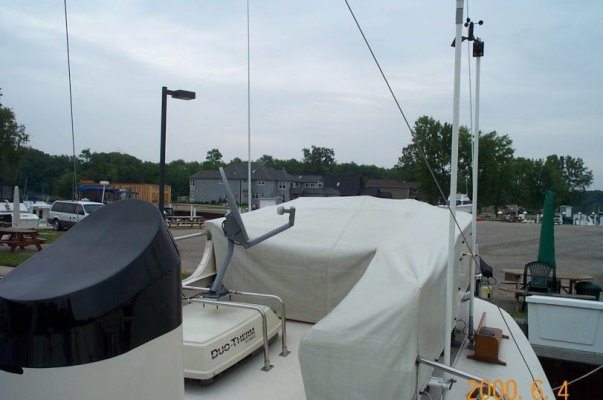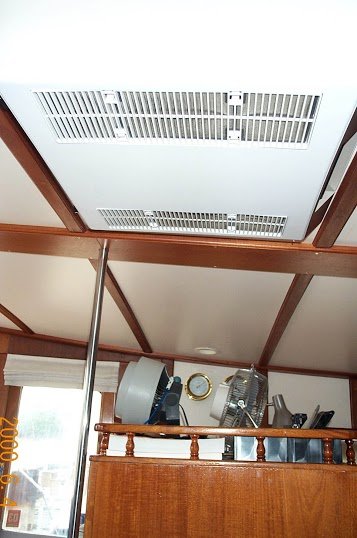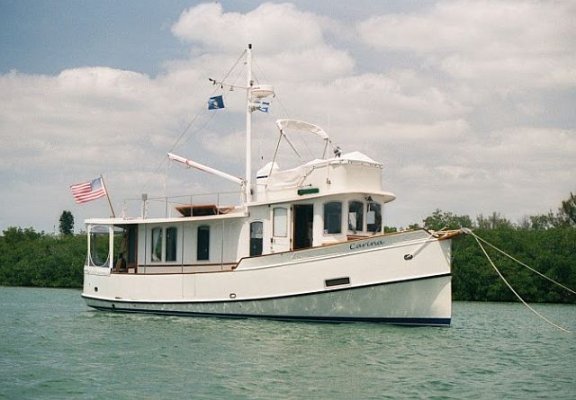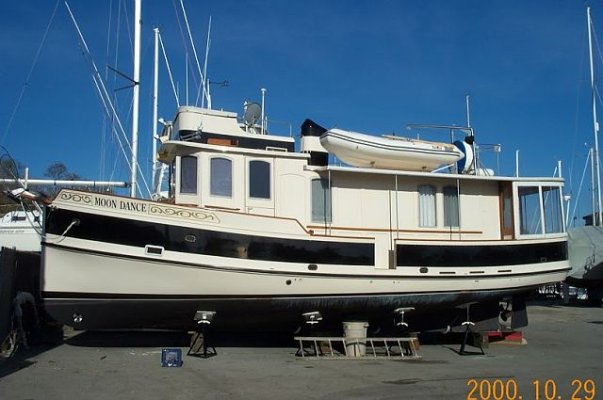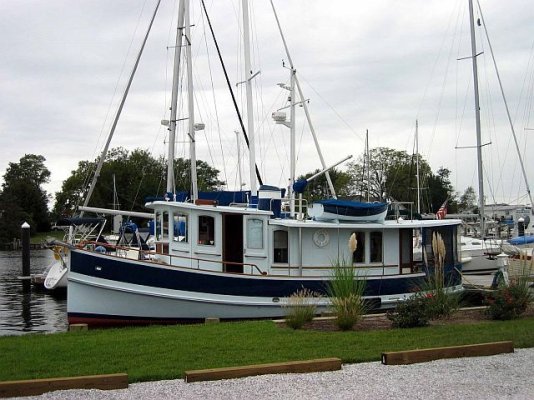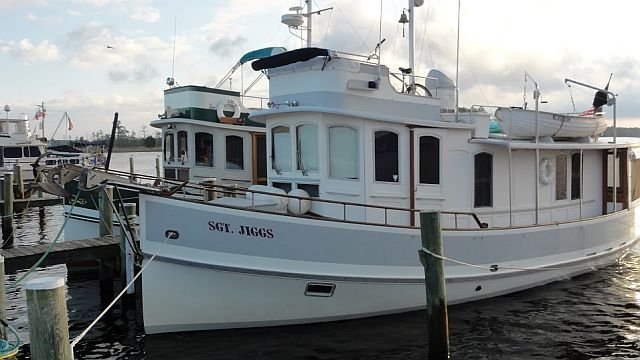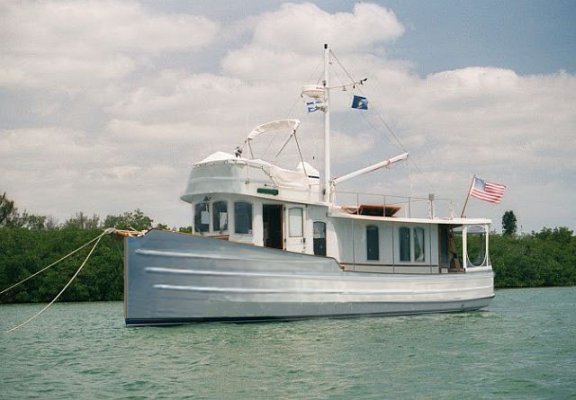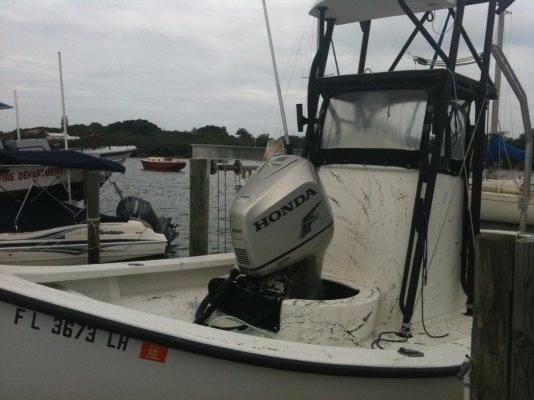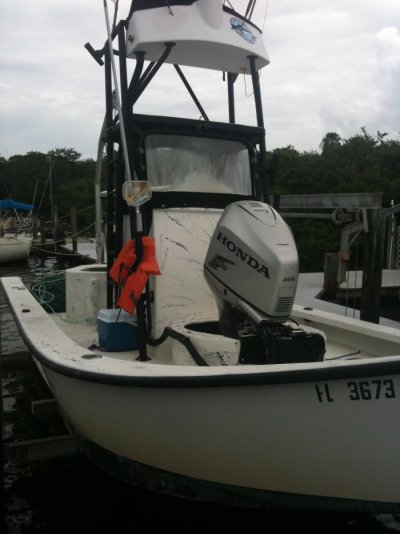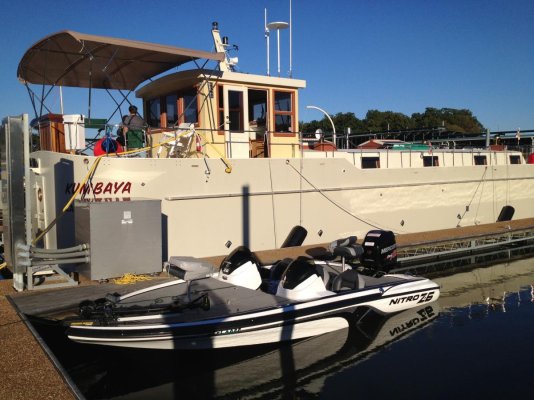brian eiland
Guru
- Joined
- Jul 17, 2013
- Messages
- 930
- Location
- USA & Thailand
- Vessel Name
- RunningTide
- Vessel Make
- 37 Louisiane catamaran
One of the reasons I was seeking to build the boat in a 'unconventional manner/material', and without the traditional mold tooling costs,.... both the hull and the superstructure......I believe the market for a brand new, similar size/type boat is very small. You probably can't sell enough of them to amortize the tooling costs and turn a profit. One would think if there was money to be made building a similar boat that Gozzard would already be doing it considering the fact that they have experience in building 41 of the boats already.
And if we add in the modern CNC computer methods that were not available in those early days when the Pilgrims were first built, we have the very real possibility of significantly cutting down the man-hrs to built such a vessel.
What would you think of a $200K price tag for a new vessel? ....(std KISS vessel, with custom options additional)

